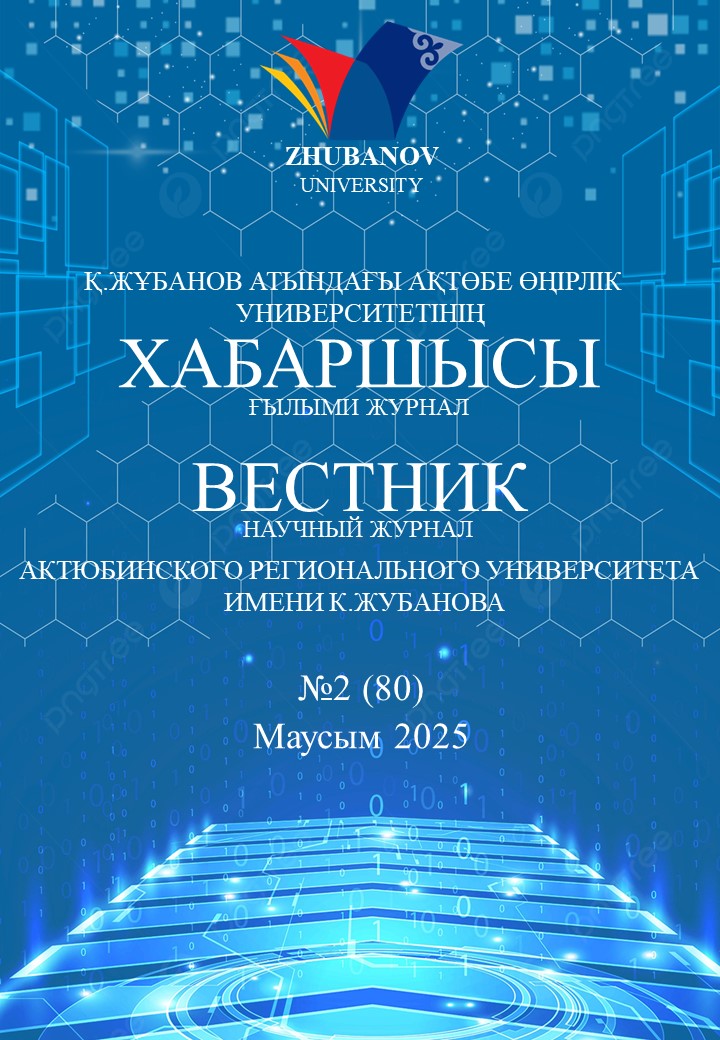The digitalization of modern society has significantly changed the way in which participants in legal relations interact, including the ways in which legally relevant information is formed, transmitted, and stored. The increasing role of digital technologies and electronic communications necessitates a rethink of traditional legal approaches to the collection, verification and evaluation of evidence, especially in court proceedings.
In recent years, Bulgaria has adopted significant changes in procedural legislation aimed at adapting the legal system to the digital environment. Nevertheless, despite the existence of a common regulatory framework, significant gaps remain in law enforcement practice, especially with regard to the assessment of digital footprints, metadata, time-sensitive data (for example, RAM) and other non-standard electronic media. The problem lies not only in the technical ability to extract and store such data, but also in the legal interpretation of their evidentiary value in the context of establishing objective truth. The purpose of this study is to analyze the possibilities of using digital data as evidence in Bulgarian legal proceedings, identify existing regulatory and practical barriers, and propose a methodology to ensure the legal admissibility, reliability, and reproducibility of electronic evidence. Within the framework of this work, an attempt is being made to integrate international technical standards and principles of forensic examination with national legal practice, which will create the basis for further unification and standardization of work with digital evidence in Bulgarian justice.
BANKOVA D.
doctoral student, St. Kliment Ohridski Sofia University, Sofia, Bulgaria
E-mail: bankovagan@fmi.uni-sofia.bg, https://orcid.org/0000-0002-9261-2842
DIMITROV V.
professor, St. Kliment Ohridski Sofia University, Sofia, Bulgaria
E-mail: cht@fmi.uni-sofia.bg, https://orcid.org/0000-0002-7441-253X
- Регламент № 6 от 3 августа 2017 г. О процессуальных действиях и официальных декларациях в электронной форме. Ст. 2–8.
- Регламент № 5 от 1 июня 2017 г. Об организации, управлении и доступе к электронным файлам дел. Ст. 5–12, 15.
- National Institute of Standards and Technology. Guide to Integrating Forensic Techniques into Incident Response (NIST SP 800-86). С. ЕС3-5–ЕС 3-7, ЕС 4-1–ЕС 8-1.
- ISO/IEC 27037:2012. Guidelines for identification, collection, acquisition, and preservation of digital evidence.
- Закон об электронных документах и услугах электронной сертификации. Гос. газета, вып. 34, 6 апреля 2001 г. URL: https://web.apis.bg/ (дата обращения: 14.04.2025]).
- Регламент (ЕС) № 910/2014 Европейского парламента и Совета от 23 июля 2014 г. OJ L 257, 28.08.2014. URL: https://app.eurocases.eu/ (дата обращения: [14.04.2025]).
- ISO/IEC 27043:2015. Incident investigation principles and processes.
- Юруков В. Принципы, относящиеся к электронным доказательствам в уголовном судопроизводстве // De Jure. 2023. Вып. 1. URL: https://www.ceeol.com/search/article-detail?id=1112846 (дата обращения: [14.04.2025]).
- Конвенция о киберпреступности. Будапешт, 23.XI.2001. URL: https://rm.coe.int/1680081561 (дата обращения:14.04.2025).
- U.S. Department of Justice. Electronic Crime Scene Investigation: A Guide for First Responders / National Institute of Justice. С. 35–46. URL: https://www.ojp.gov/pdffiles1/nij/219941.pdf (дата обращения: [14.04.2025]).
- Иванова Г. Правовая природа частных видеозаписей как доказательств в уголовном судопроизводстве // De Jure. 2021. № 1. С. 124–132. URL: https://www.ceeol.com/search/article-detail?id=957241 (дата обращения: [14.04.2025]).
- Shinde N., Kulkarni P. Incident response and planning: a resilient approach // Computer Fraud & Security. 2021. № 1. DOI: https://doi.org/10.1016/S1361-3723(21)00009-9
- Tatchaporn C., Thammboosadee S. A Data Masking Approach for Interpretability and Privacy in Accordance with the GDPR // Proceedings of the 11th International Conference on Advances in Information Technology. 2020.
- Saxena N. et al. Impact and Key Issues of Insider Threats on Organizations and Critical Infrastructure // Electronics. 2020. Vol. 9. No. 9. DOI: https://doi.org/10.3390/electronics9091460
- Ponta S.E., Plate H., Sabetta, A. Detection, assessment and mitigation of vulnerabilities in open-source dependencies // Empirical Software Engineering. 2020. Vol. 25. No. 5. DOI: https://doi.org/10.1007/s10664-020-09830-x
- Electronic Evidence Guide: A Basic Guide for Police, Prosecutors and Judges. EU/CoE project cyber crime@ipa. URL: https://www.coe.int/en/web/cybercrime/cybercrime-ipa (дата обращения: [14.04.2025]).
- Троянов Т. Данные, извлеченные с электронных устройств, и их ценность при расследовании преступлений // Бюллетень факультета полиции. 2021. URL: https://www.ceeol.com/search/article-detail?id=1024681 (дата обращения: [14.04.2025]).
- ETSI. TS 101 331 V1.8.1; TS 103 307 V1.2. European Telecommunications Standards Institute. URL: https://www.etsi.org (дата обращения: [14.04.2025]).
- ISO/TR 15801:2009. Document management – Information stored electronically – Recommendations for trustworthiness and reliability.
- ISO/IEC 27001:2013. Information technology – Security techniques – Information security management systems – Requirements.


